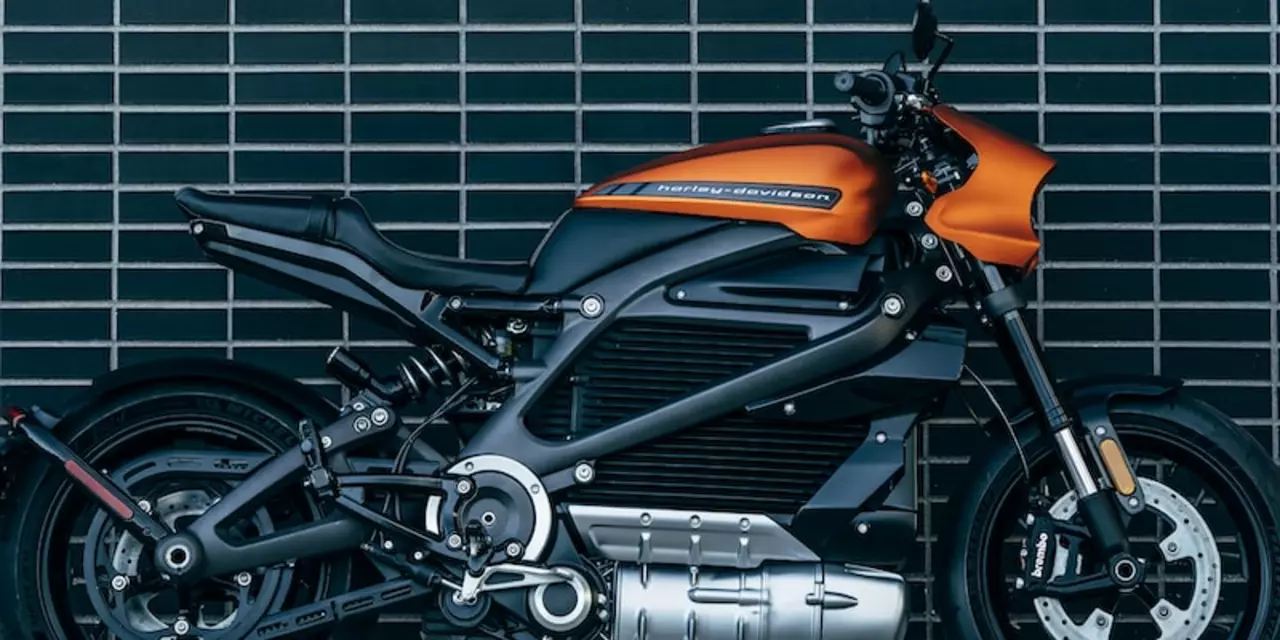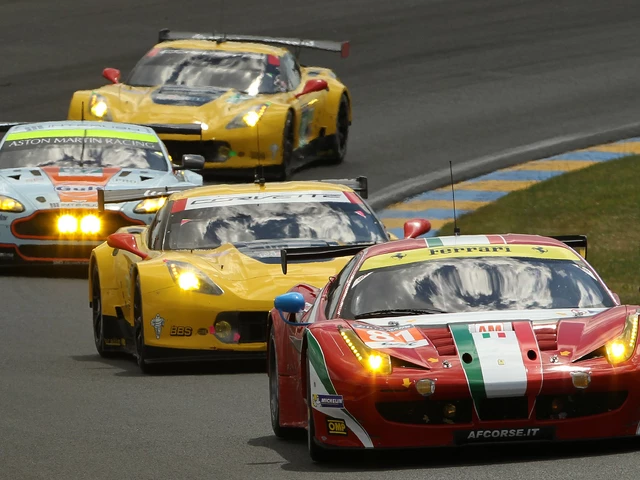Gear Shifter Basics for Subaru Motorsport
When you hear "gear shifter" in a Subaru rally or a track day, it’s the part that lets you pick the right gear at the right moment. A smooth shift can shave seconds off a lap, while a clunky one can cost you the win. Whether you’re behind the wheel of a WRX STi on the road or tweaking a home racing simulator, understanding the shifter is key.
Types of Gear Shifters Used in Subaru Racing
Subaru teams mostly work with three shifter styles: traditional H‑pattern, sequential, and paddle‑shift. The H‑pattern is what most street cars have – you move the stick left‑right and forward‑back to select gears. It feels familiar, but it’s slower than the other options.
Sequential shifters let you push the rod forward to go up and pull it back to go down. The motion is quick and consistent, which is why many Subaru rally cars use them. They also reduce the chance of missing a gear, a big plus when you’re fighting for position.
Paddle‑shifters sit behind the wheel and let you change gears with a flick of a finger. In modern Subaru WRX STI models, you’ll find them paired with a dual‑clutch system that shifts almost instantly. For drivers who want road‑legal performance without a separate stick, paddles are a sweet spot.
DIY Gear Shifter Tips for Your Home Simulator
If you’re building a racing simulator, adding a gear shifter boosts realism fast. Start with a basic H‑pattern kit – they’re cheap and easy to install. Mount it on your sim’s frame, connect the wiring to your wheel base, and calibrate it in the game settings.
For a more authentic feel, look for a sequential shifter kit that mimics the click‑and‑push action used in Subaru rally cars. Many kits come with adjustable tension, so you can fine‑tune the resistance to match the car you’re simulating.
Don’t forget the pedal set. A good clutch pedal lets you practice real clutch work, which is essential if you plan to take the skills onto a real Subaru later. Pair the shifter with a sturdy, low‑profile seat and you’ve got a cockpit that feels almost like a factory‑built race car.
Maintenance is simple: keep the shifter’s pivot points clean and lubricated. A few drops of light oil every few months stops the stick from getting sticky. If you hear noise during shifts, it’s usually a sign the bearings need a quick clean or replacement.
Why does this matter for Subaru fans? Because the same shifting techniques you practice on a simulator translate directly to the road. Learning to hit the apex while timing your up‑shifts helps you stay in the power band, whether you’re on a gravel stage or a tarmac circuit.
In short, the gear shifter is more than a stick – it’s the link between driver intent and engine power. Choose the type that fits your driving style, keep it well‑lubed, and you’ll feel the difference lap after lap.

How does a gear shifter work in motorcycle drag racing?
Motorcycle drag racing requires the use of a gear shifter to shift gears in order to maximize the speed of the bike. The gear shifter works by activating the clutch, which disengages the engine from the transmission, allowing the bike to shift gears. The rider then uses the gear shifter to select the next gear, which is then engaged by releasing the clutch. In order to make the most efficient shifts, riders must know how to time the shifts correctly and use the correct amount of throttle to match the engine speed to the transmission. This allows the bike to accelerate quickly and make the most of the available power.
CONTINUE READING





